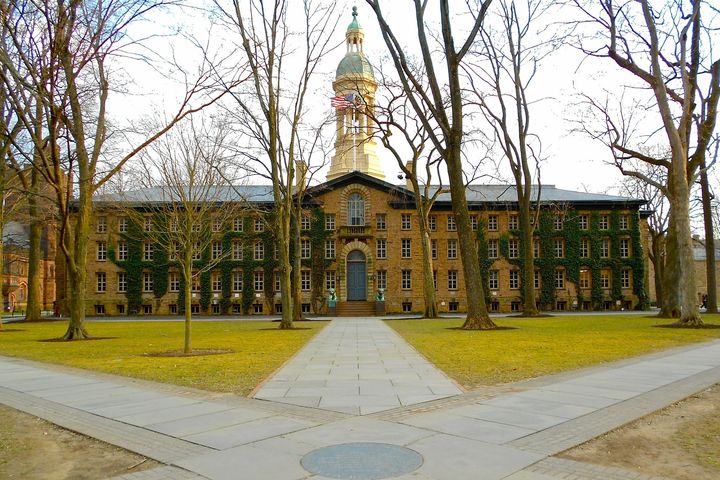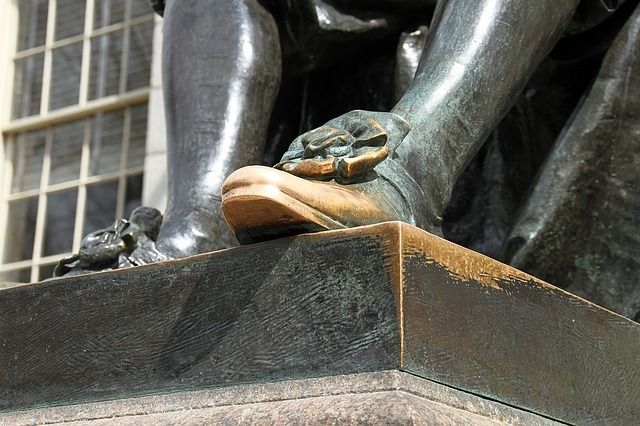
Princeton University
Earlier this afternoon, high school students around the country received their admissions decisions from the usual suspects at the top of the US News & World Report’s college rankings. While a few thousand will get in—some to multiple institutions, which is no accident—many tens of thousands more will be getting a deny letter in their mailbox. To some degree, this is just a matter of space. If 50,000 students apply for admission to a university that can only accept five percent of its applicants, more than 47,000 students will be unhappy with the outcome. To students and parents looking at the juxtaposition of a near-perfect record with a rejection letter, this seems unfair.
I’m not so sure that it is. Once we arrive at the point in the admission cycle where decisions need to be made—and the class needs to be built—this kind of brutal selectivity is unavoidable. A seat in the freshman class at an “elite” institution (defined here as those schools that admit fewer than ten percent of applicants, with the usual caveat that these schools are not necessarily better for any given student than other, less-selective schools) is a scarce resource and the reading process must be executed in acknowledgment of this fact. You can no more overenroll a freshman class than you can let an additional 10,000 concertgoers into the Garden to see Beyoncé on tour.
So while I don’t hold it against these elite universities that they have to admit and deny students with brutal selectivity, I do think much of what they do—and don’t do—to get to the reading process is unfair to students.
Marketing and Competition
“Yeah, but you know, Coca-Cola is by far the world's number one soft drink and they spend more money than anybody on advertising. I guess that's how come they stay number one.” –Tracy Flick, Election
While the institutional mission of every college and university is, at its core, about educating students, it would be a mistake to ignore the importance of competition between highly selective schools. They compete for research funding, donor dollars, notoriety, top teaching and research faculty, top students, athletic accolades, connections to industry, and even positioning in the rankings.
Of course, the more successful a school is, and the better it is at publicizing its successes, the more success the school will have. Princeton hasn’t been outside the top two in the US News Ranking since the year 2000. Its position at the top of the university rankings is self-sustaining: top faculty candidates continue to covet a tenure-track position there; donors continue to give obscene sums of money to deepen its coffers; it remains a major player in American higher education in the press and through other marketing. This makes an impression on high school students who, rightly or wrongly, base much of their decision about where to apply on selectivity, rankings, and reputation.

The foot of John Harvard.
And I get it! When I was in high school, I thought Stanford was the coolest. A top ten baseball team, more palm trees than I’d ever seen in one place, and world class resources, all available to undergrads. I went to a debate tournament at Harvard and made my way to the main quad to rub John Harvard’s foot, imagining I would return the following year as a new freshman. MIT released a video this spring that looks like it might’ve been made in Hollywood, just to announce that decisions were on their way.
What run-of-the-mill-above-average students like my younger self fail to realize is that the reason schools like MIT and Stanford continue the ubiquitous promotion of the best aspects of their institutions is that they are competing for the best students. Many of the kids who get into MIT will also get into Harvard; many who receive an invitation to join Stanford will also get into Yale. The overlap among the very best students is not insignificant, and to yield the best class possible, each school has to make the most appealing case it can to its future admitted students.
But everyone else is watching. While the multi-talented future physicist is considering Stanford or MIT—and will have secured the opportunity to make that choice—thousands of really smart, really talented students who are excellent but not quite competitive for either university will perceive themselves as being in the running at best and being actively sought after at worst. Elite admissions offices do little to correct these misguided beliefs because they’re in an arms race for a lower admit rate. Telling students they don’t have a shot at getting in means fewer applications; no admission dean wants to move the numbers in that direction. The unfairness in the process comes from the way top schools dangle their rare experiences as being available to everyone, when the reality is that they’re only available to a very select few.
In part two of this series, to be posted tomorrow, we’ll discuss the lack of transparency among the most highly selective colleges and universities. And in Saturday’s final installment, I’ll present some solutions for colleges brave enough to tackle this problem.
Ian Fisher is a Director, Educational Counseling with College Coach. He has an undergraduate degree in philosophy from Reed College, where he also worked for five years in college admission, and a M.A. in Policy, Organization, and Leadership Studies from Stanford University.
